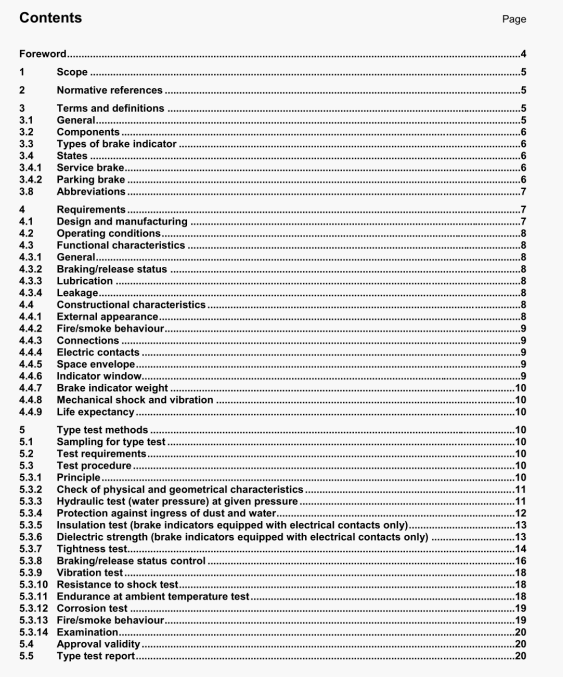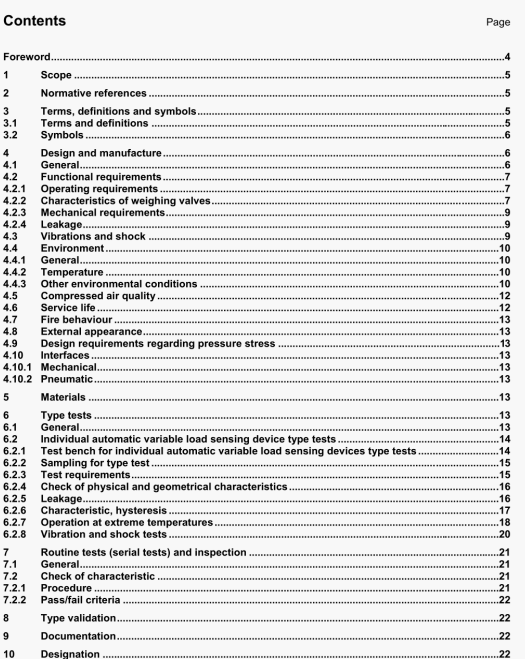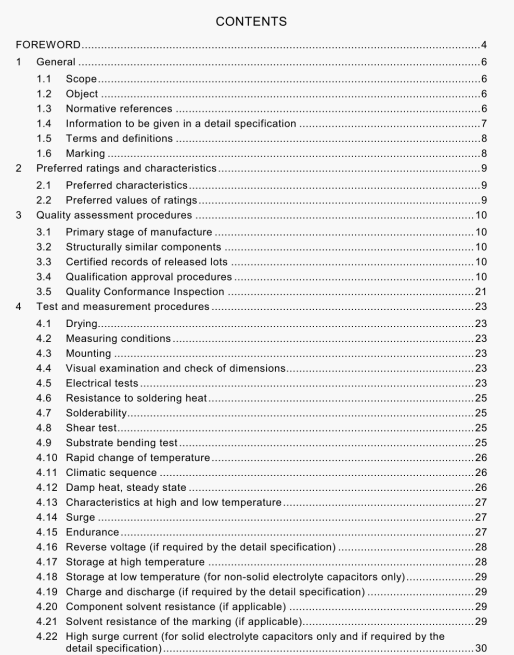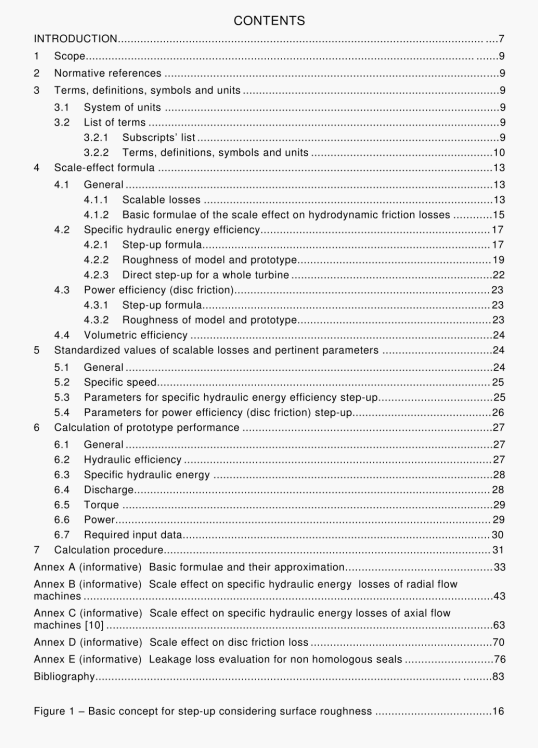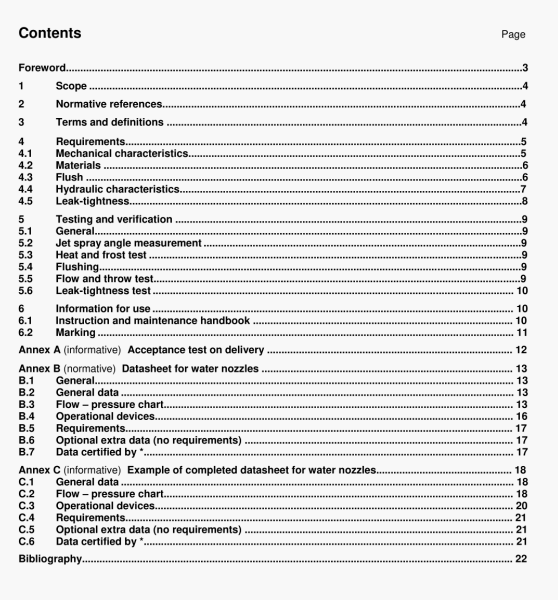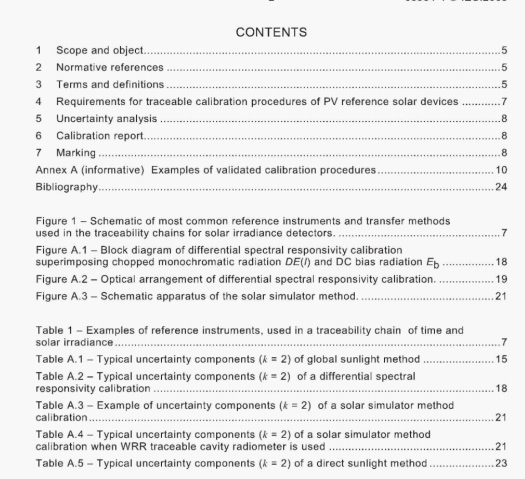BS 5489-1:2020 pdf download.Design of road lighting Part 1: Lighting of roads and public amenity areas ——Code of practice.
A risk assessment should be undertaken prior to making a decision for part-night lighting, taking thefollowing factors into account.
a)Lighting throughout the hours of darkness is particularly important as an aid to crimeprevention, policing, and the general safety and comfort of the community.
b) The level of lighting may vary during the night, dependent upon usage and other factors
(see 4.3.5).
c) Iln some limited situations, a lighting installation may be completely extinguished during certain
periods of the night or the year when usage is very low.
4.3.4Variable (or adaptive) lighting levels
COMMENTARY ON 4.3.4
Ever-improving technology allows for more flexibility in the variation of lighting level on all classifications of road dependent upon usage at any one time.As the usage is reduced, typically thelighting level can be reduced,unless there are overriding reasons not to do so (such as a high accident orcrime rate).lt might even be that it is appropriate to switch off for some periods of the night. Conversely,variable lighting can also allow the light level to be enhanced when traffic flows are increased.
Variable lighting is often referred to as dimming, but more appropriately is lighting to the correct
lighting class to meet specific road parameters at a particular time. It might be that the highest lightinglevel an installation can achieve is only used on rare occasions, where traffic density is higher thannormal (such as match days near to a football stadium), while the everyday lighting level might inreality be when the installation is operated at a lower lighting class.
There are additional environmental benefits of using variable lighting levels, including reduced lightintrusion, light pollution, electrical energy consumption and carbon emissions.
Information on the selection of lighting classes is given in Annex A.In Annex A, parameters relevantto lighting are used in the selection of lighting classes. These parameters can vary during the nightor over the year, and thus within the hours of operation the lighting class may be varied. This can beachieved by varying the lighting level or switching techniques. Annex A gives details of the lightingclasses set out in BS EN 13201-2:2015 and gives guidelines on the application of these classes.For threecategories of lighting (motorized traffic, conflict areas, and pedestrian and low speed areas) there areparameters which need to be assessed dependent on usage or local conditions.
